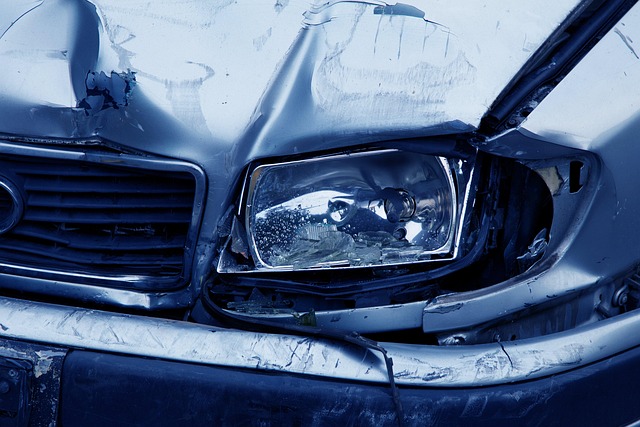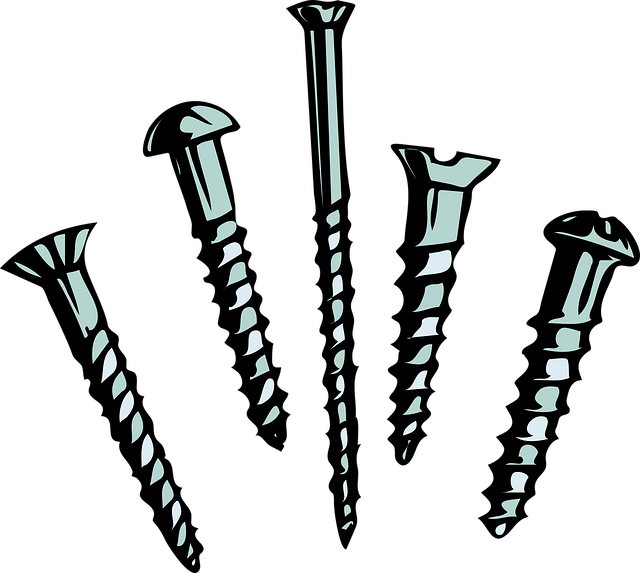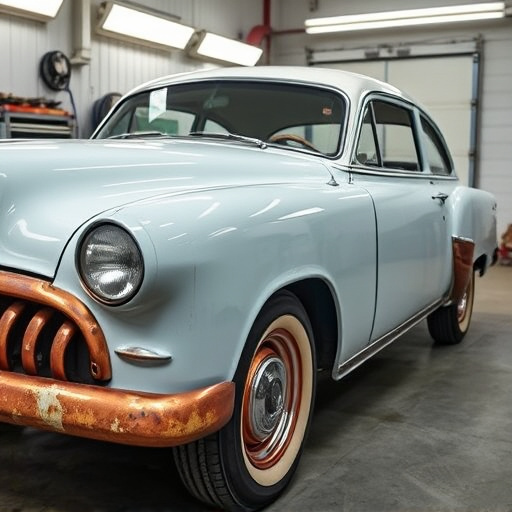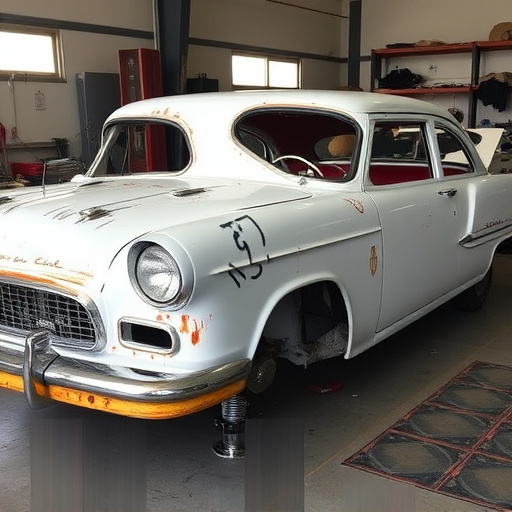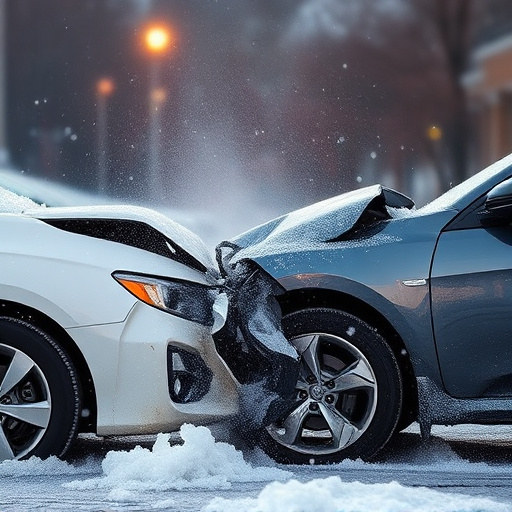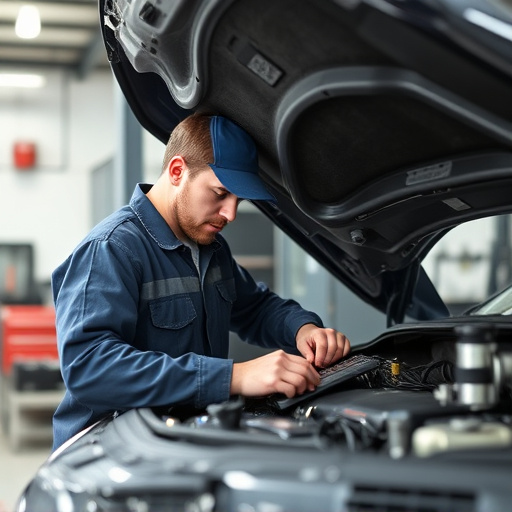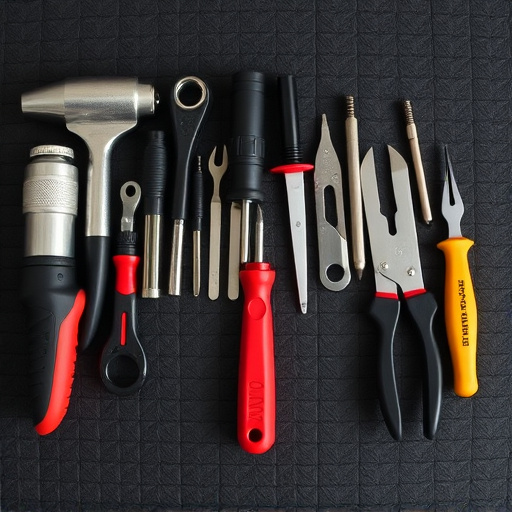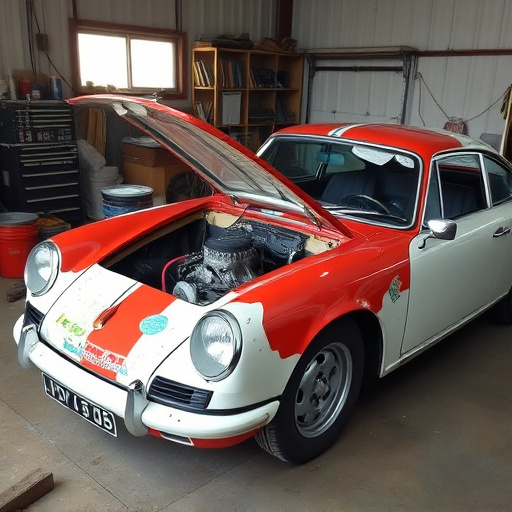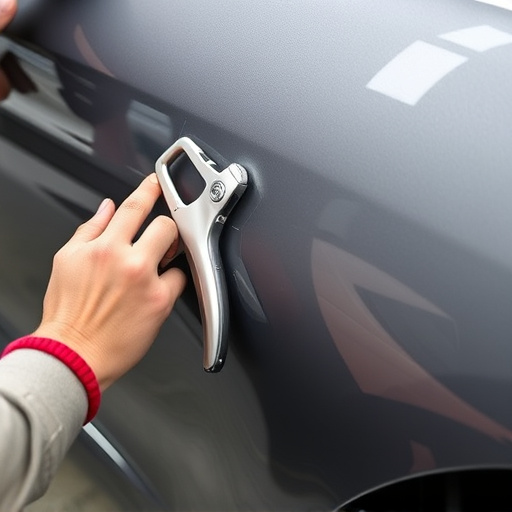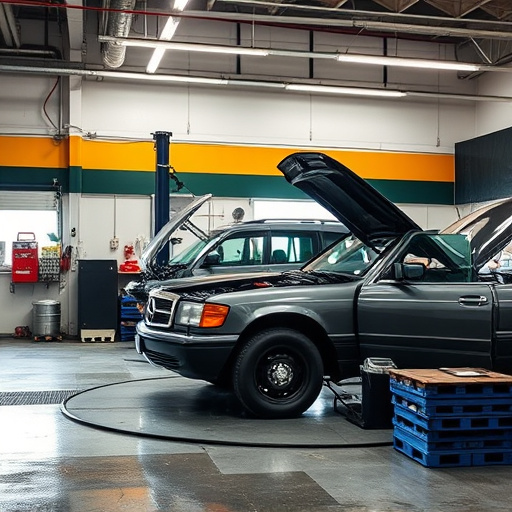Driveshaft collision repair addresses structural damages from accidents, fixing cracks, breaks, misalignments, and shaft failure. Unrepaired issues pose safety risks. Reputable shops use advanced tools for diagnosis and comprehensive repairs including u-joints, axle shafts, differentials, and paint work. The process involves meticulous inspection, targeted restoration, and proper aftercare to maximize vehicle performance and longevity through regular maintenance and inspections.
“Driveshaft collision repair is a critical aspect of vehicle maintenance, often overlooked until an issue arises. This comprehensive guide aims to prepare you for what to expect during and after driveshaft repair appointments. From understanding common problems like u-joint failures and broken axles to navigating the step-by-step repair process and essential aftercare tips, this article offers valuable insights. By familiarizing yourself with these aspects of driveshaft collision repair, you can ensure your vehicle’s reliability and safety on the road.”
- Understanding Common Driveshaft Issues
- The Repair Process: Step-by-Step
- Aftercare and Maintenance Tips
Understanding Common Driveshaft Issues
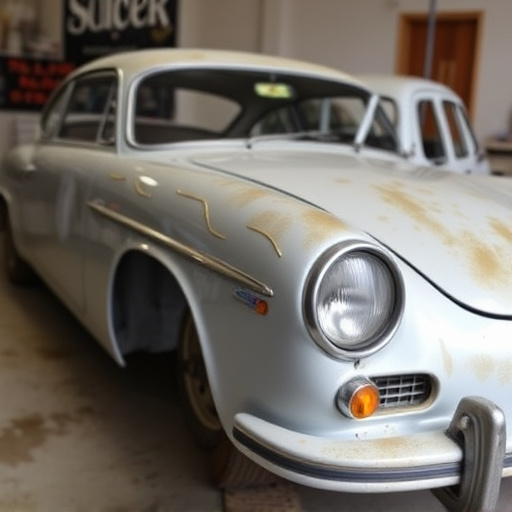
Driveshaft collision repair is a specialized service that addresses structural damage to your vehicle’s driveshaft, often occurring due to accidents or impact. Common issues include cracks, breaks, misalignments, and even complete shaft failure. These problems can lead to severe safety hazards if left unaddressed, causing vibrations, loss of power transfer, and, in some cases, complete vehicle immobilization.
Identifying the specific problem is crucial for effective driveshaft collision repair. Technicians at a reputable collision repair shop will assess the extent of damage using advanced diagnostic tools. They may also inspect other related components like u-joints, axle shafts, and differentials to ensure comprehensive vehicle repair services are provided, including vehicle paint repair where necessary.
The Repair Process: Step-by-Step
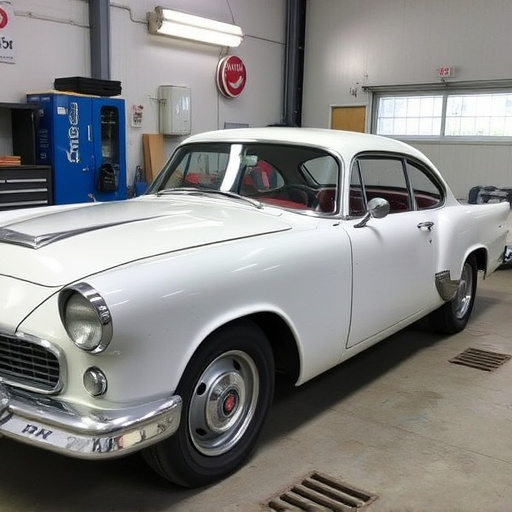
The driveshaft repair process typically involves several meticulous steps to ensure optimal performance and safety. It starts with a thorough inspection where skilled technicians assess the damage, whether it’s due to wear and tear or a recent collision. They carefully examine the driveshaft for cracks, breaks, or misalignments. During this stage, they might also inspect related components like u-joints and axles for any signs of damage.
Once the issue is identified, the repair team will begin the actual restoration process. This often includes replacing damaged parts, aligning the driveshaft, and sometimes even rebuilding the entire assembly. For vehicles in fleet repair services or those brought to a car body shop, this might involve specialized equipment and techniques tailored to vehicle collision repair. The goal is to restore the driveshaft to its original condition, ensuring smooth and reliable operation for the road ahead.
Aftercare and Maintenance Tips
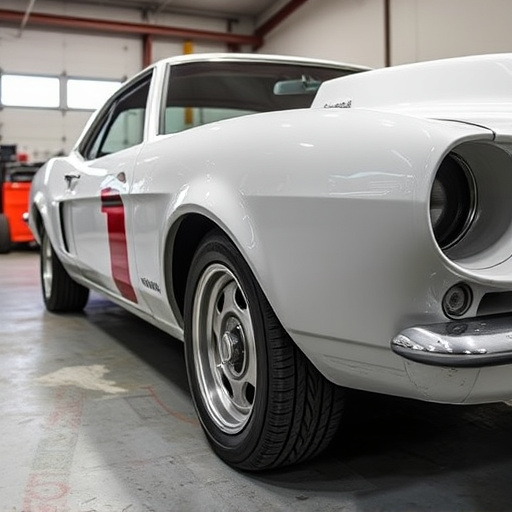
After a driveshaft collision repair, proper aftercare is crucial to ensure optimal performance and longevity of your vehicle. It’s essential to adhere to a regular maintenance schedule recommended by the auto collision center or fleet repair services. This includes timely oil changes, fluid checks, and tire rotations.
Inspecting your driveshaft and related components regularly can help identify any signs of damage or wear. Keeping an eye out for unusual noises, vibrations, or leaks is vital. Following these simple maintenance tips will not only extend the life of your repaired driveshaft but also ensure a smoother and safer ride.
When it comes to driveshaft collision repair, understanding the process and what to expect is key. From identifying common issues to learning about the step-by-step repair procedure and vital aftercare tips, you’re now equipped with valuable insights. Remember, proper maintenance can prevent future problems, so stay alert for any unusual noises or performance changes. With this knowledge, you’ll be better prepared to navigate driveshaft repairs, ensuring a smoother ride ahead.
